- How to Reduce Expenses for Online Business
- 1. Conduct a Comprehensive Expense Audit
- 2. Choose Cost-Effective Hosting and Infrastructure
- 3. Utilize Free and Open Source Tools
- 4. Optimize Digital Marketing Spending
- 5. Automate Repetitive Tasks to Save Time and Money
- 6. Outsource Smartly Instead of Hiring Full-Time Employees
- 7. Minimize Transaction Fees in Payments
- 8. Optimize Supply Chain and Inventory Management
- 9. Eliminate Unnecessary SaaS Subscriptions
- 10. Track and Adjust Expenses Regularly
- 11. Amazon Agency Services for Growth in Your eCommerce Business
- Conclusion
How to Reduce Expenses for Online Business
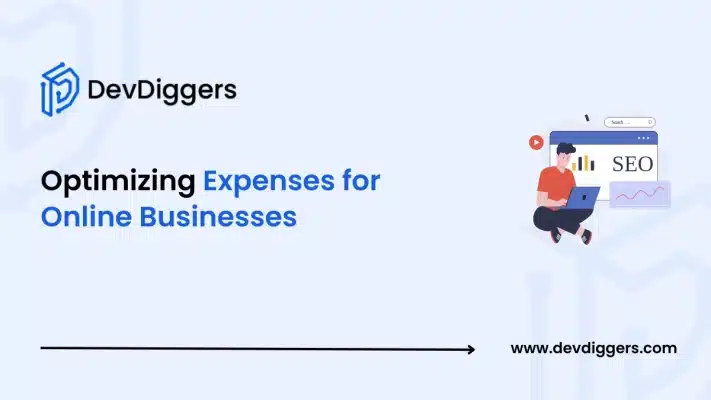
- How to Reduce Expenses for Online Business
- 1. Conduct a Comprehensive Expense Audit
- 2. Choose Cost-Effective Hosting and Infrastructure
- 3. Utilize Free and Open Source Tools
- 4. Optimize Digital Marketing Spending
- 5. Automate Repetitive Tasks to Save Time and Money
- 6. Outsource Smartly Instead of Hiring Full-Time Employees
- 7. Minimize Transaction Fees in Payments
- 8. Optimize Supply Chain and Inventory Management
- 9. Eliminate Unnecessary SaaS Subscriptions
- 10. Track and Adjust Expenses Regularly
- 11. Amazon Agency Services for Growth in Your eCommerce Business
- Conclusion
Running an online business is a great avenue for growth, but only when managed regarding expenses for sustainable future runs. Many digital entrepreneurs have no easy time managing the perfect expenses in their line of business; most of them get used to overspending on tools, marketing, or infrastructure.
The proper management of expenses in operating online businesses maximizes profitability while maintaining quality and efficiency in the business. Here are some practical strategies on how to reduce expenses for online businesses without compromising the performance of the business.
How to Reduce Expenses for Online Business

Optimizing spending by online businesses means cost-cutting strategies with strategic management that reduce costs while maintaining increased efficiency and performance in the business.
This involves a lack of wasteful spending, the use of cheap tooling, automation of workflow, and good monetary decision-making. Effective cost-cutting can increase profit and cash flow and, more importantly, sustain a business’s long-term success.
1. Conduct a Comprehensive Expense Audit

First and foremost, for you to optimize your business expenses, you have to know where your money goes. That includes a very detailed audit of your expenses through:
- Get a big picture of all the subscriptions, software, and tools that you pay for.
- Categorizing your expenses. Those are mainly fixed, variable, and discretionary expenses.
- Identify unused or underutilized resources.
How to Conduct an Expense Audit:
- Export your bank and credit card statements, then categorize transactions.
- Identify recurring expenses and determine if they are necessary.
- Identify duplicate tools or overlapping services that can be consolidated or eliminated.
- Financial tracking software such as QuickBooks or Wave can be used for better visibility.
This audit gives a clear roadmap to cut unnecessary expenses, improve financial efficiency, and allocate resources more effectively.
2. Choose Cost-Effective Hosting and Infrastructure
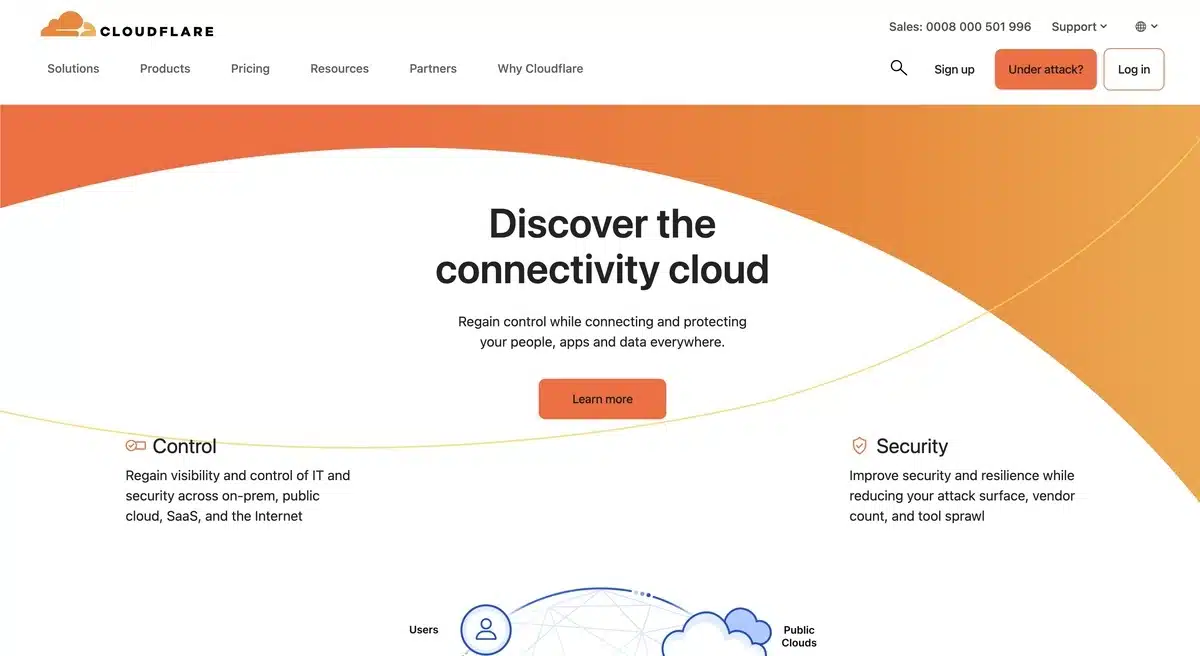
Your website acts as the very foundation of any online business; hosting is rather a big investment. Choose a very low-cost but scalable hosting solution such as the following:
- Shared Hosting: Best for small and new startups
- VPS Hosting: For growing businesses with moderate traffic
- Cloud Hosting: It is Scalable Highly and On-Demand Pay-as-You-Go Pricing
- Managed Hosting: It is ideal for organizations that prefer maintenance-free.
Tips for Reducing Hosting Costs:
- Compare service providers like SiteGround, Bluehost, and Cloudways.
- Choose annual billing instead of month-to-month plans to get cheap plans.
- Use a CDN (Content Delivery Network) to avoid server bandwidth costs.
- Optimize images and scripts to reduce server load.
3. Utilize Free and Open Source Tools
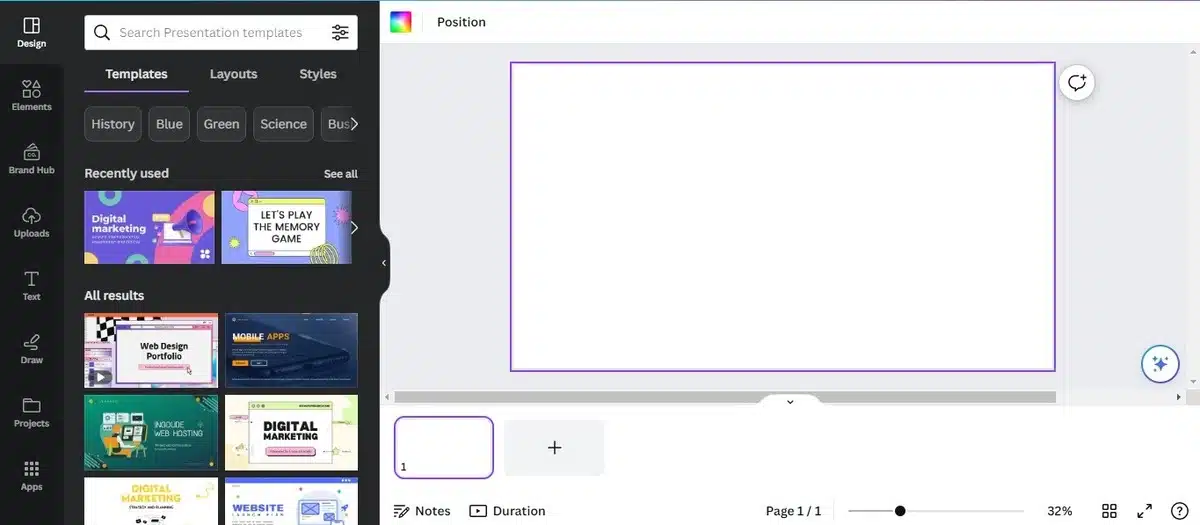
There are pay-for-software options that have numerous free or open-source options that can accomplish pretty much the same thing, albeit without the sky-high costs that they come with. Some of these include:
- Alternative: WordPress over a custom-developed CMS.
- Canva provides free graphic design with no subscription required.
- Trello or Asana Free Plans ensure effective project management.
- Google Workspace Starter Plan would be aan ppropriate alternative to much more expensive office suits.
- Zapier’s free plan automates repetitive tasks so that workflows can be improved further.
Now, through these alternatives, one can cut enormous software expenses sharply while maintaining great productivity and efficiency.
4. Optimize Digital Marketing Spending
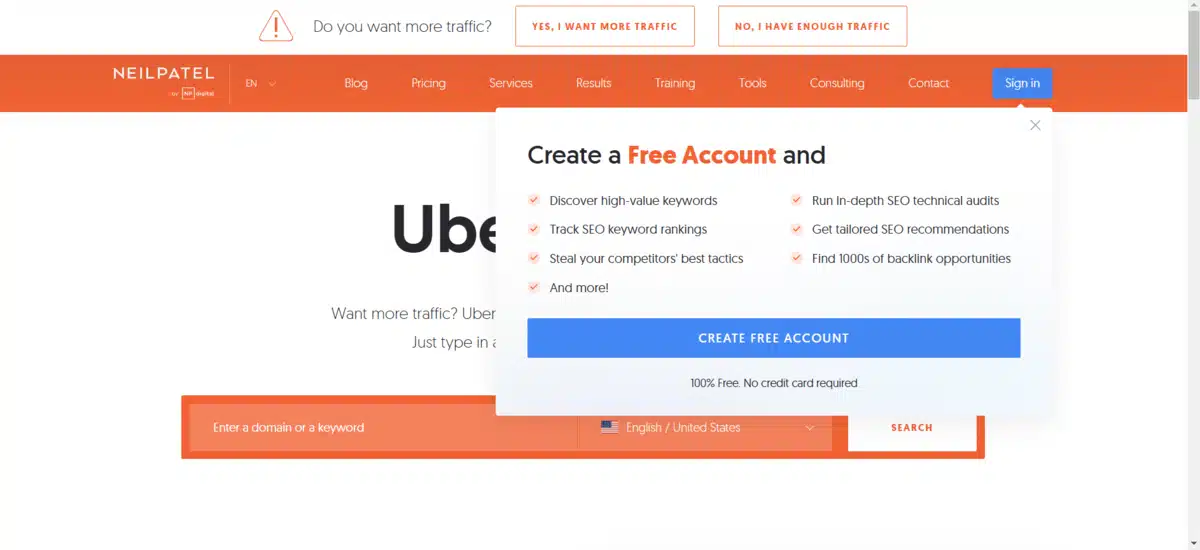
Marketing is very important for business but not necessarily costly. Use low-cost marketing strategies such as:
SEO Optimization
- Do keyword research using Google Keyword Planner or Ubersuggest.
- Publish quality blog content that contains targeted keywords, such as “Online Business: Optimizing Expensed”
- Utilize internal linking to increase page authority.
Social Media Marketing
- Use organic tactics such as content marketing and community engagement
- Take quality blog content and transform it into a short-form post.
- Schedule posts to go live on autopilot via free tools such as Buffer or Hootsuite.
E-mail Marketing Budget
- Utilize free versions of Mailchimp and Sender.net
- Segment audience to increase email ROI
- Tweak subject lines to increase opening
An optimized marketing budget ensures that you get the most mileage out of your expenditure while not overspending.
5. Automate Repetitive Tasks to Save Time and Money
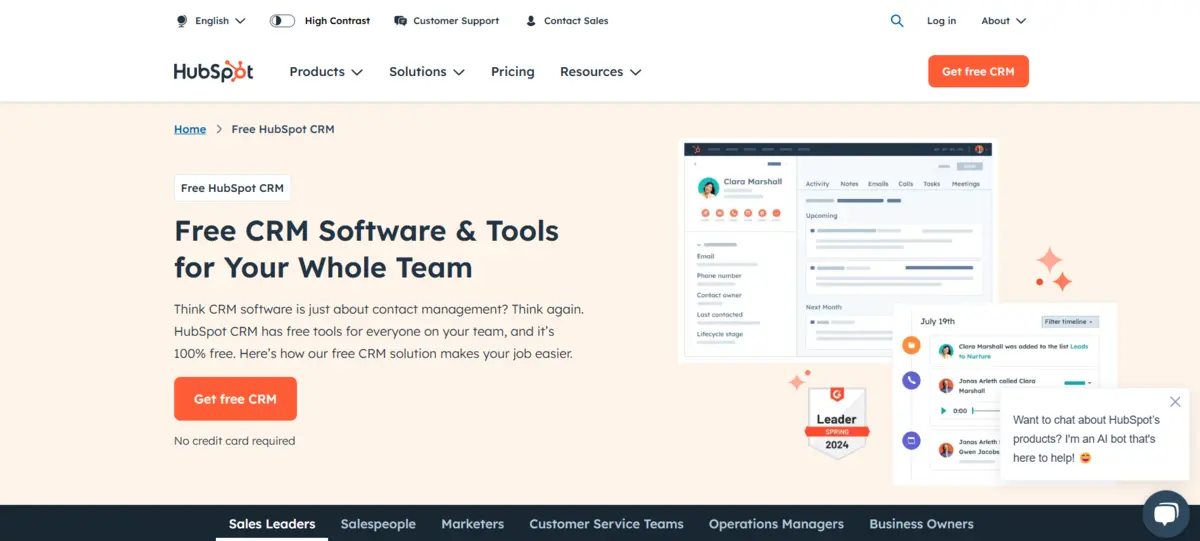
Automation saves many labour bottlenecks, hence maximizing efficiency and saving costs. Automate the following:
- Customer Support: With a tool like Drift or Tidio’s chatbots.
- Billing and Invoicing: Stripe or PayPal can automatically do that for you.
- Social Media Posting: Schedule using Buffer
- Lead Capturing and Follow-Ups: HubSpot CRM
Automation saves time wasted on labor and reduces labor costs through the automation of routine tasks.
6. Outsource Smartly Instead of Hiring Full-Time Employees
The cost of hiring full-time employees can be very high. Assign contract works to freelancers or agencies in the following areas:
- Content Writing: Hire very cheap writers off of Upwork or Fiverr.
- Graphic Design: One-off projects can be sourced from 99Designs or Freelancer.
- Tech Support: Hire and engage different technical specialists remotely and only when they are needed.
Virtual Assistant: Pay for Task completion services offered by Fancy Hands.
7. Minimize Transaction Fees in Payments
Payment Processing Fees can also quickly eat away at your margins. Save by:
- Negotiating low fees with your payment processor.
- Using cheaper payment gateway solutions, such as Wise or Payoneer.
- Offering direct bank transfers for high-value transactions.
- Building customer support skills to reduce refund rates.
8. Optimize Supply Chain and Inventory Management
For eCommerce businesses, inventory management is crucial. Cost-saving strategies include:
- Avoid having Dropshipping to store merchandise.
- Demand forecasting tools like TradeGecko should be used to avoid overstocking.
- Negotiating better deals with suppliers
- Choose local suppliers to reduce shipping costs.
9. Eliminate Unnecessary SaaS Subscriptions
Many organizations are overpaying for their SaaS software tools. Cost savings can be achieved by:
- Auditing how the software is used and terminating unused subscriptions
- Switching to all-in-one platforms, like ClickUp versus separate project management and docs software
- Downgrading to lower tiers when advanced features are not necessary
- Taking annual billing discounts.
10. Track and Adjust Expenses Regularly
Optimization is a process which is continuous. Create tracking systems for expenses by using:
- Accounting Software such as FreshBooks, where there are real-time insights.
- Budgeting Tools like YNAB (You Need a Budget) for direct management of cash flows.
- Regular review sessions to create versions of the spending based on how they perform.
Through continuous tracking and adjustments of your expenses, your online business will remain financially healthy and profitable.
11. Amazon Agency Services for Growth in Your eCommerce Business
Amazon agency services are the least expensive method through which an eCommerce business can sell on Amazon, hence the optimization of adverts and selling:
- Amazon PPC Management to avoid wastage of ad spend.
- SEO Optimization for the Product Listings to rank higher in output.
- Implementation of appropriate inventory management strategies to avoid stockouts or overstocking.
- Setting up an Amazon Brand Store for a professional appearance.
By leveraging Amazon agencies, the business manages to maximize profitability using less spendful, time-wasting wastage on advert postings.
Conclusion
Optimizing the expense of an online business is not about penny-pinching but more about smarter financial decisions. Ranging from automated tasks to utilizing free tools and optimizing digital marketing to cutting transaction fees, the smallest of changes can amount to big savings.
All of these cost-cutting strategies, therefore, lead to a healthy bottom line for your business with efficiency and growth.
Implement these tips today and enjoy a boom in your online business through improved financial management!

Abhijit Sarkar
Hi, I’m Abhijit Sarkar. I am deeply passionate about creating engaging content and exploring. My journey includes gaining valuable experience in content writing and creating useful resources for my readers.

Leave a Reply